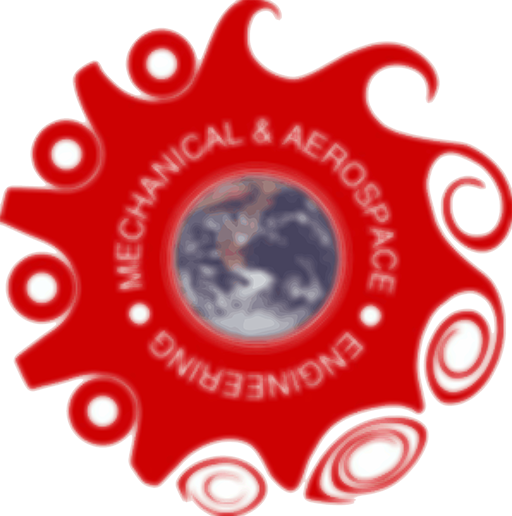MAE Seminar: 4:00 PM in 205 Thurston Hall Tuesday August 26th, 2014
Title: New Insights on the Mechanics of the Surface of Articular Cartilage
Speaker: Lawrence Bonassar
Professor
Department of Biomedical Engineering
Sibley School of Mechanical and Aerospace Engineering
Cornell University
Host: Robert Shepherd
New Insights on the Mechanics of the Surface of Articular Cartilage
^^^^^^^
Articular cartilage is a remarkable bearing material, enduring 2-3 million cycles per year for decades with minimal tissue damage. The ability of this tissue withstand this loading is related to its unique structure, particularly at the articular surface. Further, when damage occurs, due to either biological or mechanical injury, irreversible changes to the structure of the surface initiate a disease process known as osteoarthritis. We have been studying the key structural features of the tissue that contribute to its unique load bearding capacity. Using confocal elastography techniques we have identified a highly compliant region within 200 μm of the surface that accounts for the vast majority of shear energy dissipation of the tissue. Using rigidity percolation models, we have tied this behavior to the structure of the collagen network beneath the tissue surface. In related studies, we have investigated the remarkable lubricating properties of cartilage and specifically investigated role of two molecular components of synovial fluid that play a role in joint lubrication, hyaluronic acid and lubricin. By mapping the elasto-viscous transition of cartilage lubrication modes we have identified a unique role of lubricin as a boundary lubricant. Lastly, by studying the molecular structure of lubricin, we have constructed biomimetic synthetic lubricants that lower boundary friction coefficient and delay the onset of arthritis in animal models of joint injury.

